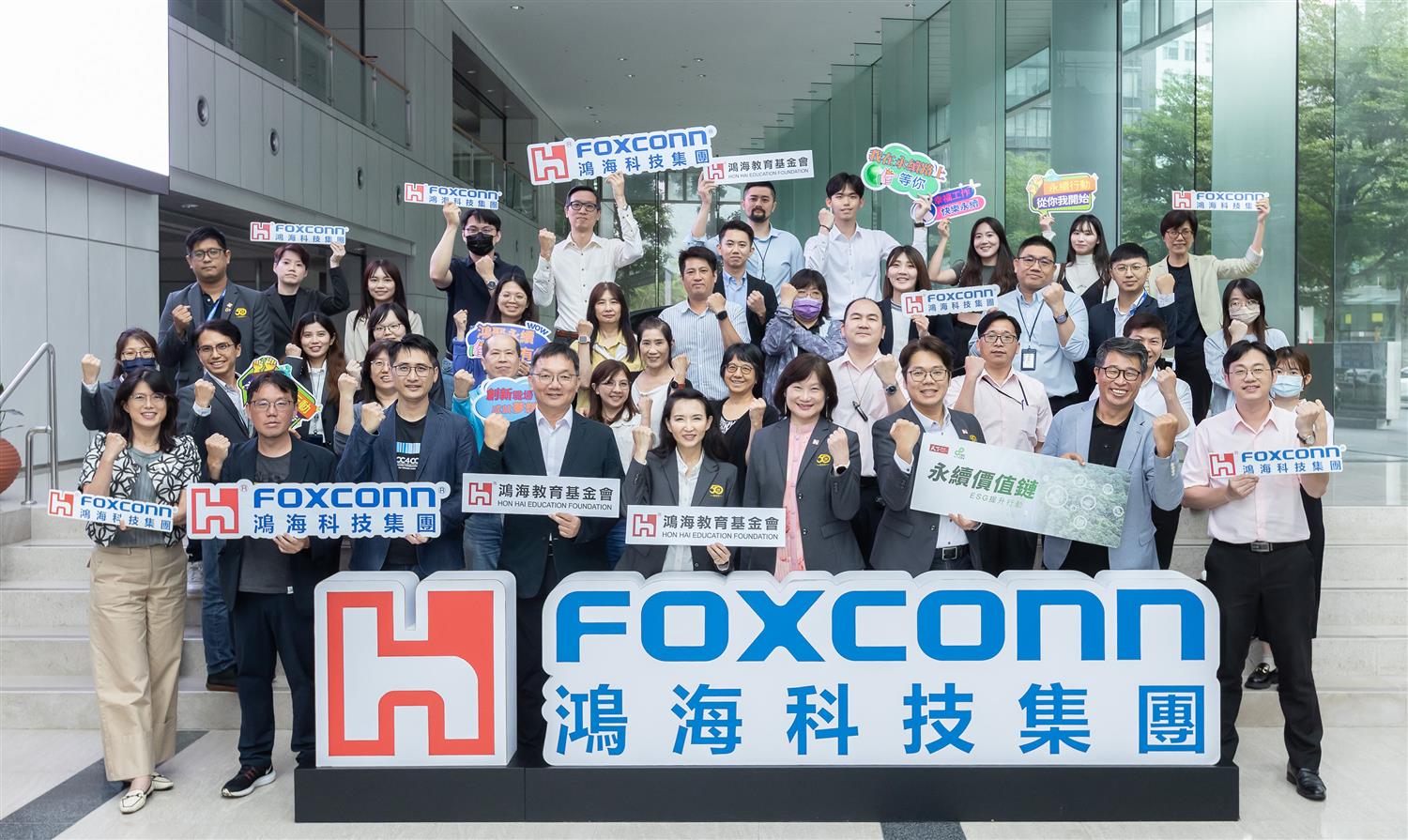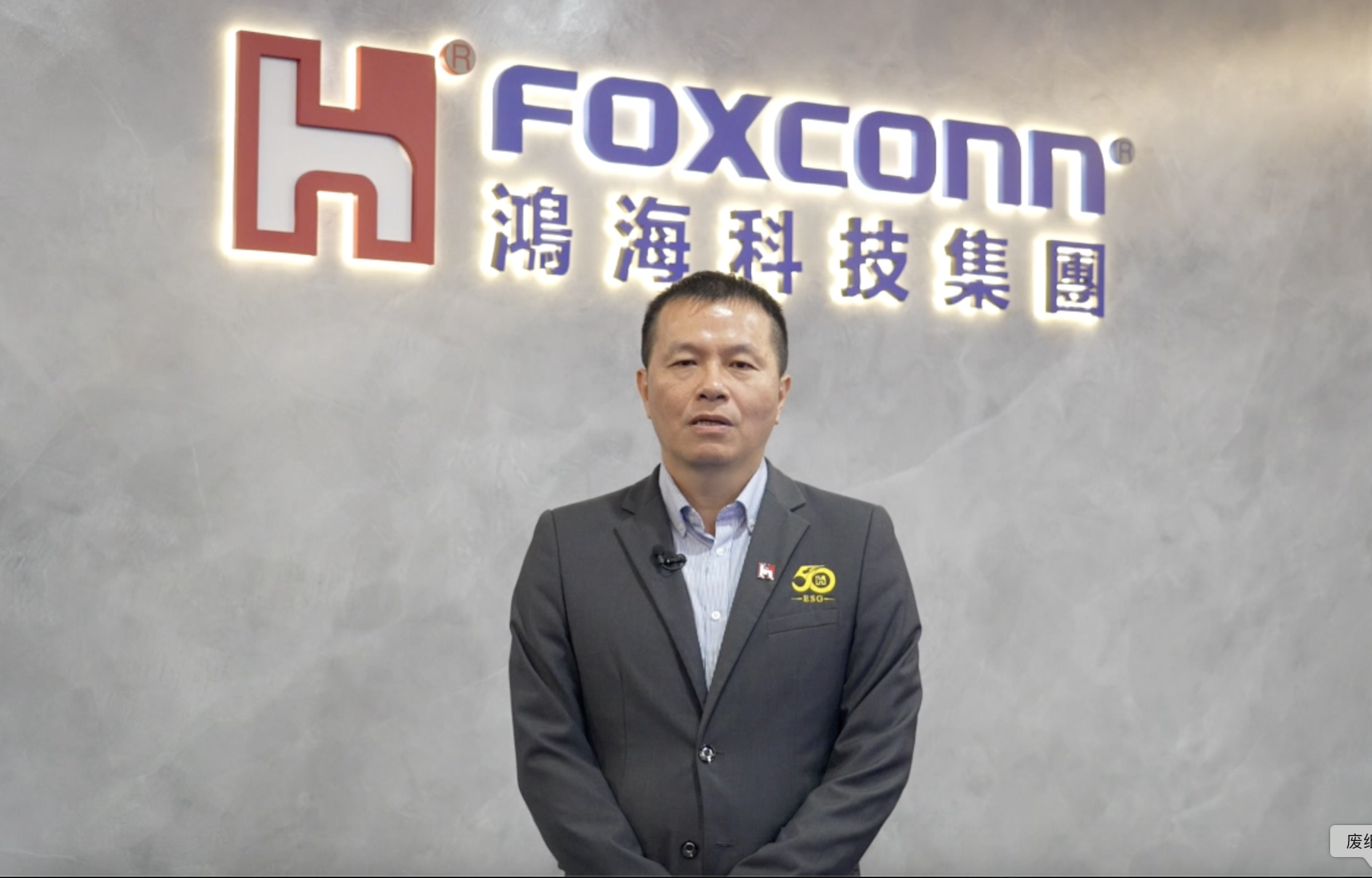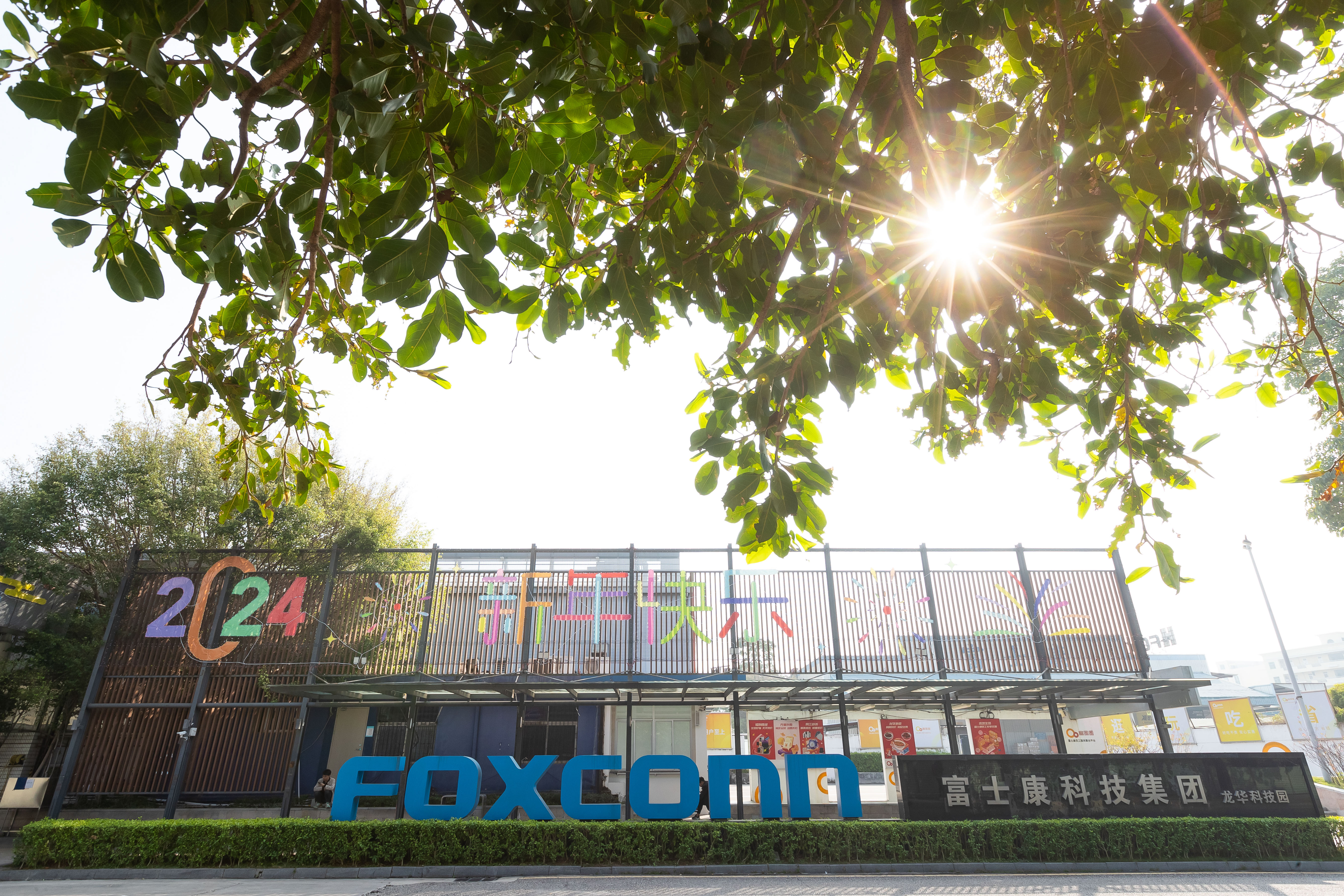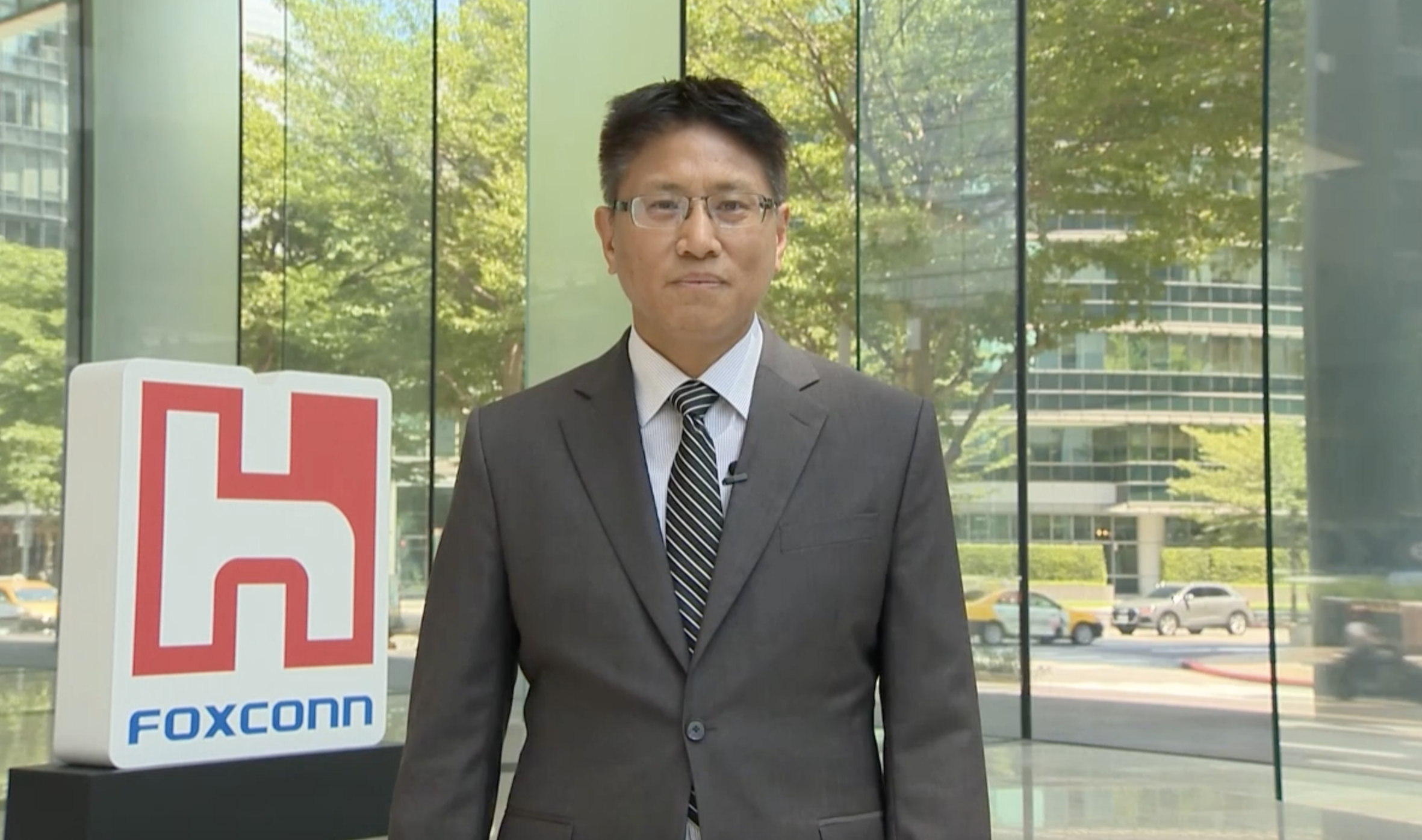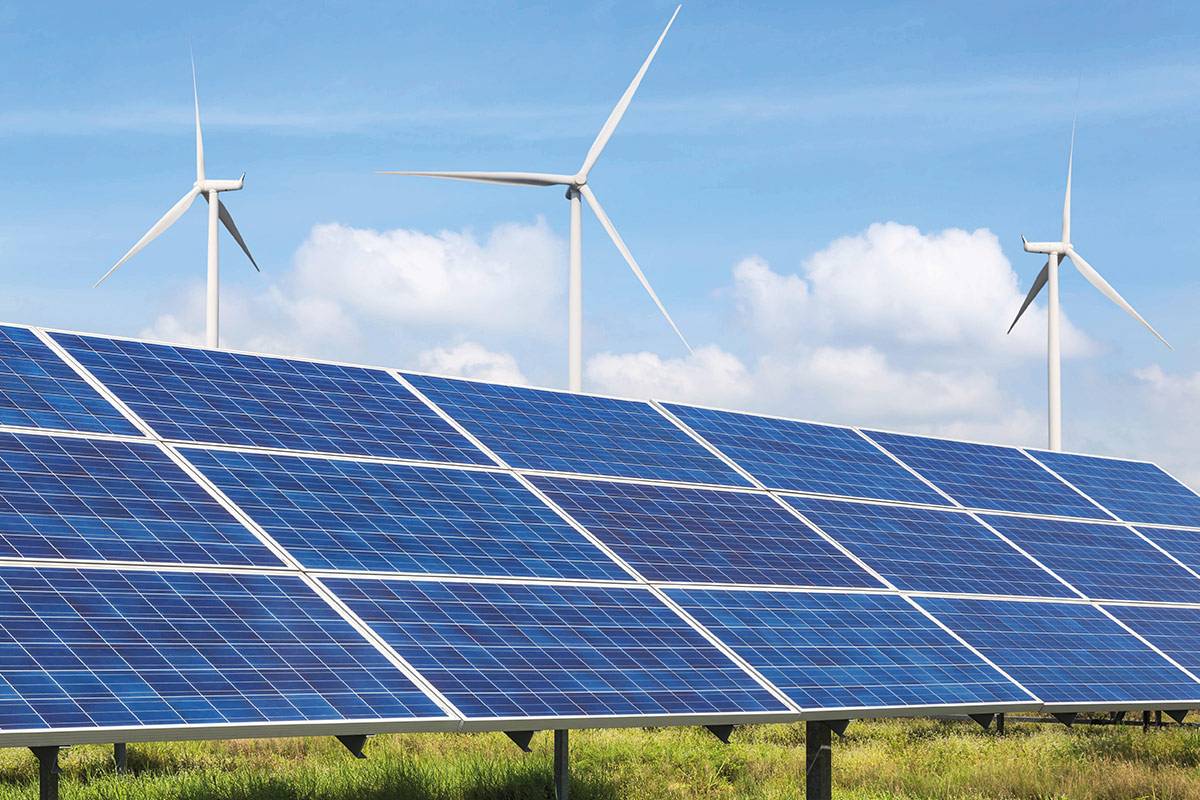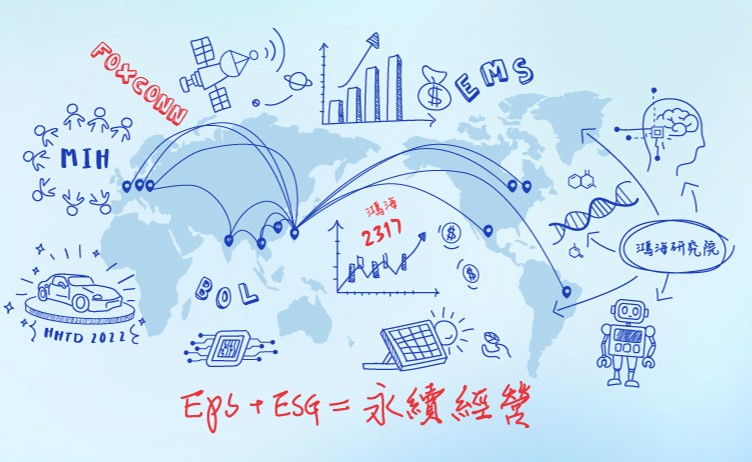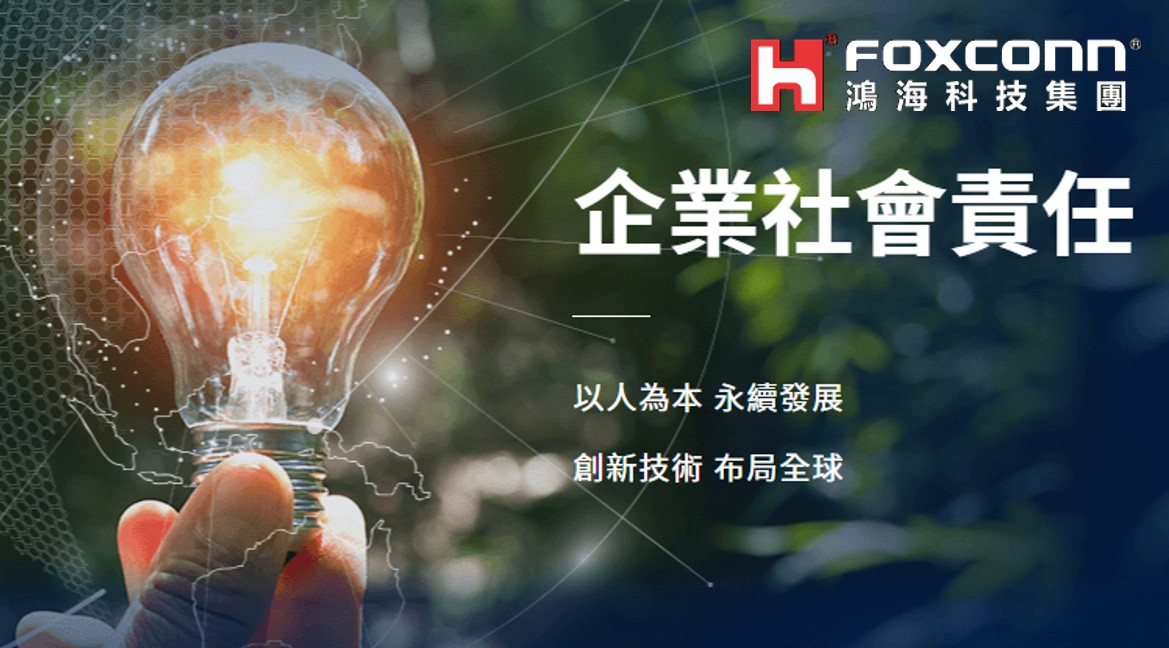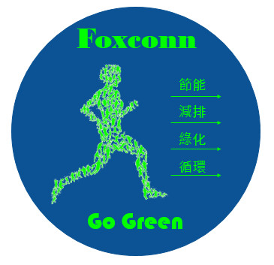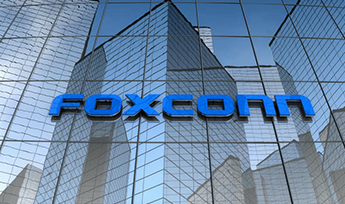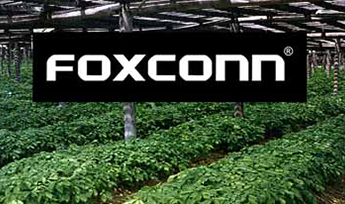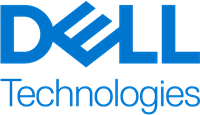Empowering Suppliers Towards Net Zero Carbon
Foxconn adheres to the operating principle of "sustainable operation=EPS+ESG", which not only focuses on EPS (financial performance), but also its contributions to society, the environment, and corporate governance. Foxconn actively responds to the United Nations Sustainable Development Goals (SDGs) and has joined the CA 100+(Climate Action 100+) initiative to address climate change. It has committed to achieving net zero carbon emissions across its entire value chain by 2050, and supply chain carbon reduction being a critical area requiring long-term efforts.
